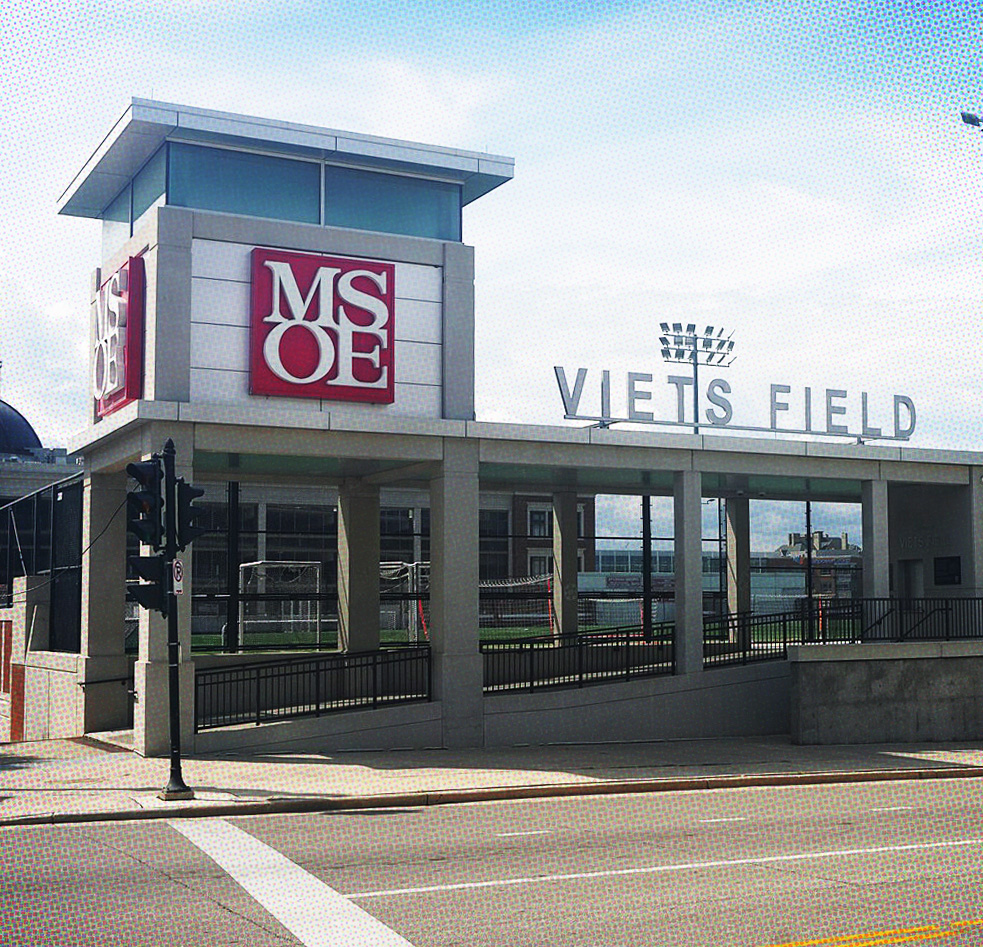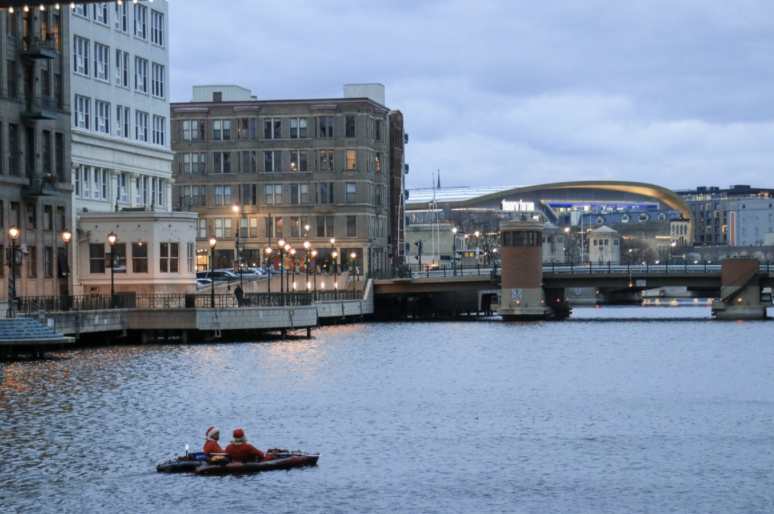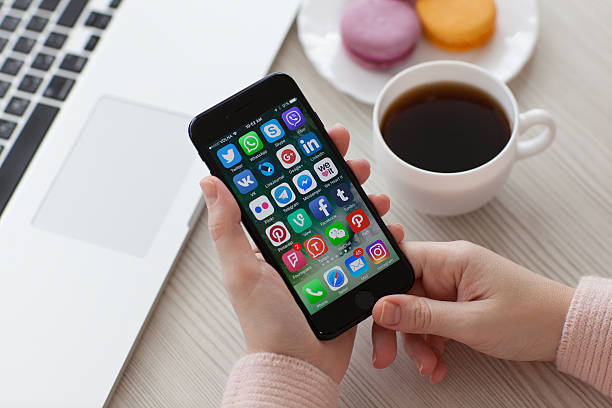There’s Sophia, the robot that has citizenship in Saudi Arabia. Grace, an android in Hong Kong designed to help doctors. Now, AI–generated art has gained more popularity as a tool to help others expand their creative process. As a painter and sketch artist myself, I say no.
At first, I thought AI art looked beautiful. AI-generated images has been around since the 1960s but over the last few decades, it has evolved to the point where it can almost duplicate the Mona Lisa. As artists, do our gifts not matter anymore?
A few months ago, Jason Allen won first place at the Colorado State Fair Fine Arts Competition, with his AI-generated piece called “Théâtre D’opéra Spatial.” He used the AIimage generator Midjourney to create it.
I will not deny the beauty of the image. However, he did not create it — the AI did. Midjourney, Jasper and Boo are all AI “art” generators. All of these generators do the same thing. They just look different. You type in a description of what you want, and the AI will look through all the information and data it has gathered and make an image.
It’s not art. It’s an image created from analyzed data. That’s not what art is. Does it look appealing? Yeah, for the most part, but that’s not what art should be.
Art has many definitions but one that sets a tone for what art is states ‘works produced by human creative skill and imagination.’ I could say that the imagination is already there with having to type in a description but, the creative skill is what makes us artists and what makes our pieces art.
Now, I won’t deny the creative process of the artist that collaborates with a machine to discover new visual forms. You know, people use it because people are not equipped with the skills or ability to bring out their ideas.
But what about the time, energy and emotion spent painting that landscape or drawing a portrait or whatever else. We, human artists, put hours, weeks, months and even years into what we create. During that process, we’ll mess up, fix something that doesn’t look right or even change the entire concept of the painting because a new idea popped into our heads.
Sometimes we’ll get really mad it doesn’t look right and start over. Other times we might cry because what we created with our two hands reminds us of someone. We bring emotions into our art, which is what makes our art human and a machine cannot bring in.
Failure, mistakes, new ideas and new themes are what differentiate us from a machine.
That image that was generated in less than three seconds wasn’t your idea. It may have certain concepts and themes that you thought of, but it’s not yours, even though you may think it is.
But even though these machines can automatically produce art, that doesn’t mean they will replace artists, right? Unfortunately, that is a possible route for the future and we might be walking it.
AI art has grown to the point where it’s hard to distinguish if a human made it or a machine did. What if human art was categorized as AI art? That’s offensive to the artist and their abilities.
RJ Palmer, a California-based movie and game artist, showed his concerns on Twitter by linking pictures of AI art, saying AI is capable of creating images that look 100% human-made. He goes on with another tweet showing two specific images, one that’s AI-generated and one of an original piece with its original logo.
The AI-generated image attempted to copy and recreate the logo of the artist. “Replacing artists” is an understatement.
AI art should not be used this seriously. It needs to end now.
This story was written by Trinity Burgess. She can be reached at trinity.burgess@marquette.edu.










